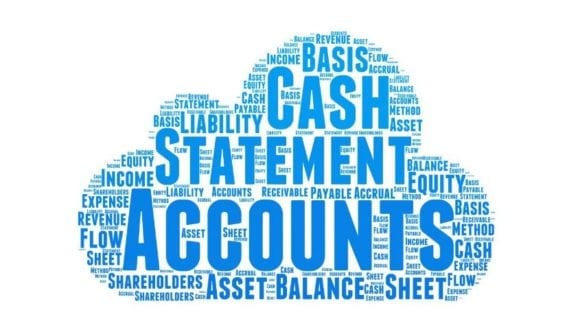Financial reports, also called financial statements, demonstrate the financial position of a company over a specific period of time

How to read your financial statement?
23 Juil 2020Most businesses and organizations provide financial reports to their Boards of Directors, shareholders and investors on a monthly, quarterly or annual basis. They are reviewed to identify trends, successes and problems within the finance of the company. These reports are often prepared by accountants or financial teams, but they are not complicated to read. Read a financial report by paying attention to the balance sheet, income and cash flow.
1. Identify the time period covered by the financial report.
Usually, the top of the report or statement lists the time period.
2. Look at the balance sheet.
The balance sheet lists the assets (what the company owns, such as building, machines etc.) and liabilities (what the company owes such as financial debts or obligations) of the company.
Take a look at how the balance sheet is organized. The assets will be listed on the right, and the liabilities on the left.
Read the assets. Assets include cash, investments, property and other things owned by the company that have value. The assets are listed in order of liquidity. The most liquid assets, such as cash, are presented first.
Review the liabilities. Liabilities are debts or obligations that the company owes to others. These include rent, payroll, taxes, loan payments and money owed to other vendors or contractors.
Notice the difference between current liabilities and long term liabilities. Current liabilities are things that will be paid off within a year. Long term liabilities will take more than a year.
3. Look at the income statement.
This will show you how much money the company earned over the specified period of time. Any money that was spent in earning that income will also be reflected.
Read the top line, which should say “sales” or “gross revenue.” This reflects the amount of money the company made by providing its products or services, before any expenses are deducted.
Review the operating expenses. These include the costs of doing business, such as salaries and advertising.
Notice the depreciation line. This reflects the cost of an asset over the amount of time it can be used by the company.
Check the operating profit, which is the amount of money the company made after the operating expenses are deducted.
Look at the amount of interest that was earned and paid. These amounts added (interest income) and subtracted (interest paid) from the operating profit total.
Check the amount of income tax that was subtracted.
Read the last line of the income statement. This reflects the net profit or loss.
4. Look at the cash flow statement.
This will tell you how much cash the company has available. It will also track the money coming in and out of the company during the specified time.
Read about the operating activities first. This section analyzes how the cash from the company was used in order to reach its net profit or loss.
Check the investment activities. This part of the cash flow statement shows any income from investments or assets that were sold.
Look at the financing activities. This tracks what the company did to pay back or acquire things such as bank loans.
5. Look through supporting documentation if you have questions.
There are usually back-up or supporting documents available, such as receipts and invoices that help explain transactions.
6. Remember that all of your financial reports
will be included in audits and tax preparations.
Schedule an independent audit at least 1 time per year in order to make sure your financial reports and statements are consistent and accurate.










